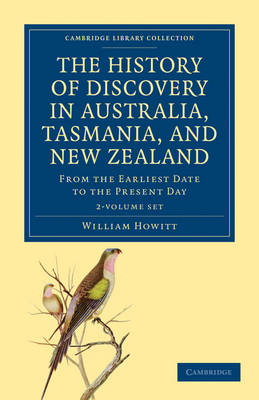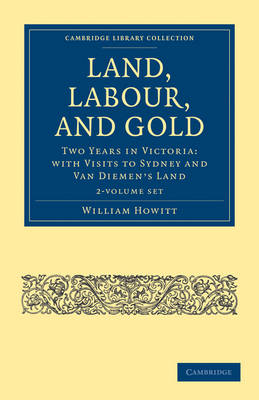Cambridge Library Collection - History of Oceania
3 primary works • 7 total works
Volume 1
Volume 2
Volume 2
The History of Discovery in Australia, Tasmania, and New Zealand
by William Howitt
The History of Discovery in Australia, Tasmania, and New Zealand 2 Volume Set
by William Howitt
The History of Discovery in Australia, Tasmania, and New Zealand: Volume 2
by William Howitt



